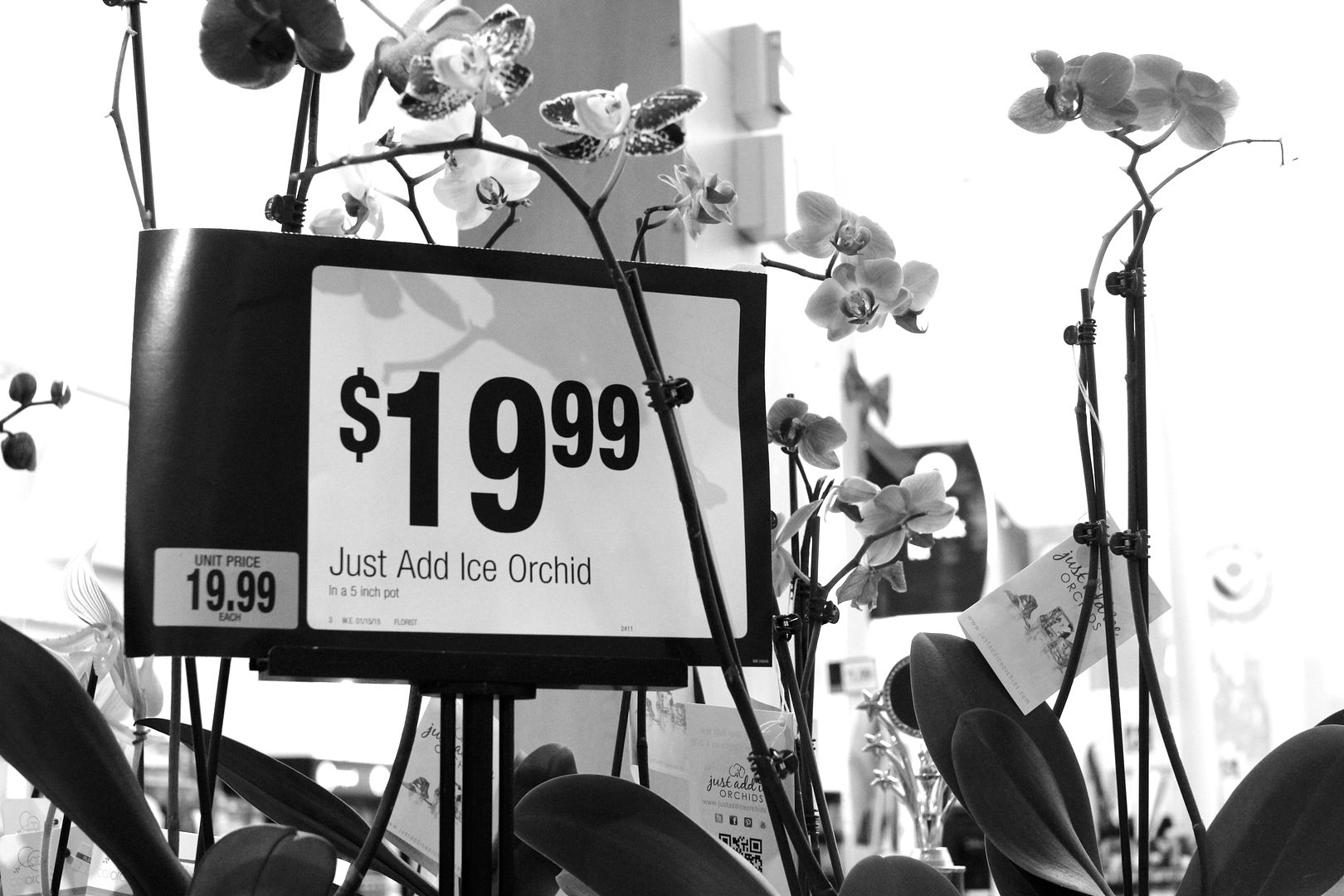“The very nature of the lemon is mysterious.” - Waverly Root
I have been lucky to escape the cold cruelty of Boston this past month, where a whopping 93 inches of snow has fallen so far. Just for reference - I am 64 inches tall.
While my escapes were fruitful (so to speak) i’ve still managed to enjoy blizzards Juno and Marcus and several snowstorm in between. It’s been scary to see our grocery stores swept clean of bread, water and meat, and our public transportation system transformed into a dysfunctional adolescent who puts her headphones on and slams the door of her room, only reappearing at odd hours for Doritos and pee breaks.
 |
Mark enjoys white out conditions |
 |
Just add Ice...Orchids |
I couldn’t manage to bring much warmth back in my suitcase with me, but what I could fit inside were Meyer lemons. The Meyer lemons I brought home I'd picked from friends and family member’s yards. They just drip off the branches out there, glowing like lanterns while their fragrance permeates the soft, warm air with an uplifting perfume. Goddammit California! Your beauty is difficult not to hate sometimes.
Lemons symbolize paradise for me—seeing the bright yellow fruit is exactly what I need when sadness and darkness seem too close at hand. When I see or smell a lemon tree my mind begins exploding with visions of limoncello, fresh fish, bubbly, citrusy cocktails like the French 75, homemade lemonade, pound cake with a cup of tea, lemony vinaigrette over fresh greens with a side of baguette, the pucker and buzz of the juice, the perfume and power of the peel, the medicinal punch of the fruit in a cup of hot tea or a crafty cocktail, that healing vitamin C, that golden glow pushing through the dark with a flame of flavor.
The origin of the lemon is still not entirely known (where is paradise, really?) but I enjoy this passage from Waverly Root's Food:
“It is the majority opinion today that the lemon originated in the Indus valley, though so far no identifiable seeds have been found there; but an earring in the form a lemon was discovered at the site of Mohenjo-Daro, which goes back to 2500 BC.”I'd love to wear lemon earrings.
What accounts for the lemon flavor that I have can go by the name of fruit, medicine, spice, and perfume? The essential oil, or flavor compounds, are found in the peel of the lemon and are made up of mostly “d-limonene,” a compound that’s known to be a powerful antioxidant (which is why it’s used medicinally.) This compound acts as a defense for the plant (it’s not just for our enjoyment!); limonene found in the peel repels insects and other potential fruit predators who might cause damage to the tree. D-limonene is the naturally occurring compound (it can also be manufactured in a lab, in which case it’s just called ‘limonene’) and it’s what we taste and smell in lemons and oranges as definably “citrus.” Meyer lemon, a hybrid of lemon + mandarin brought over from Asia by Mr. Meyer at the turn of the century, contains another compound called ‘thymol.’ Thymol is indeed the major compound that gives the herb thyme it’s distinct flavor, and if you scratch the peel of a Meyer lemon, you might just be able to discern that hint of herbal goodness.
Meyer lemons are at their height RIGHT NOW! And you don’t have to fly to Los Angeles or San Francisco to pick them off a neighbor’s tree. While they can be found year round (as anything can, these days) they are at their peak coming from California and are truly a wonder. They are my personal favorite because they are sweeter than a regular lemon and have a perfume that reminds me of the blossoms—floral and paradise-like. If you go looking for them, look for their deep yellow color, smooth skin and more floral aroma. They are also generally smaller than standard lemons.
While lemons are great for making refreshing lemonade to cool you off on hot summer days, the lemon peel is an amazing flavor to add to your winter pantry. Try using them as a new SPICE this winter. The scent alone will bring you joy...
To make your own Meyer lemon “spice” you will need:
10 Meyer lemons
a vegetable peeler
a paring knife
a baking sheet
some parchment paper (optional)
Place a sheet of parchment on a baking sheet and set aside.
Rinse and dry the lemons with a dish towel. Peel the fruit with a vegetable peeler, just like you would a potato. A paring knife will also work if your peeler is dull; the skin is thin so it can be tricky! If you get a long strip, cut it into 3" pieces. Taking a piece at a time, hold the peel still with the white pith facing up. With the edge of a paring knife, scrape off the pith, leaving just the peel behind. (The pith is quite bitter) Spread the peels out on the parchment and place in your oven overnight (with just the pilot on) or on a hot radiator or in a dehydrator. The peels should shrivel and dry within about a day, concentrating their flavor. Store in a jar and use whenever you want!
Suggestions for the juice: freeze in ice cube trays to use for vinaigrettes, fish, or cocktails. Or make a tasty sorbet and say “to HELL with winter!”
And here are some ideas for what to do with your new Meyer lemon spice:
- Crush and mix with sea salt for a sexy and easy to use salt
- Infuse a simple syrup to use in cocktails or over a cake
- Crush and mix with sugar to top cookies or fruit
- Crush and mix with black peppercorns and dried thyme for a tasty lemon pepper blend.
Notice below the ones I've scraped the pith off (on the right) versus the unfinished ones on the left!
Tell me your lemon tales! What do you make with citrus this time of year?










The MBTA as dysfunctional adolescent--love it! And--how did you know?--I just saw (and smelled!) Meyer lemons at my local Whole Foods and wished I knew what to do with them. Thank you!
ReplyDelete